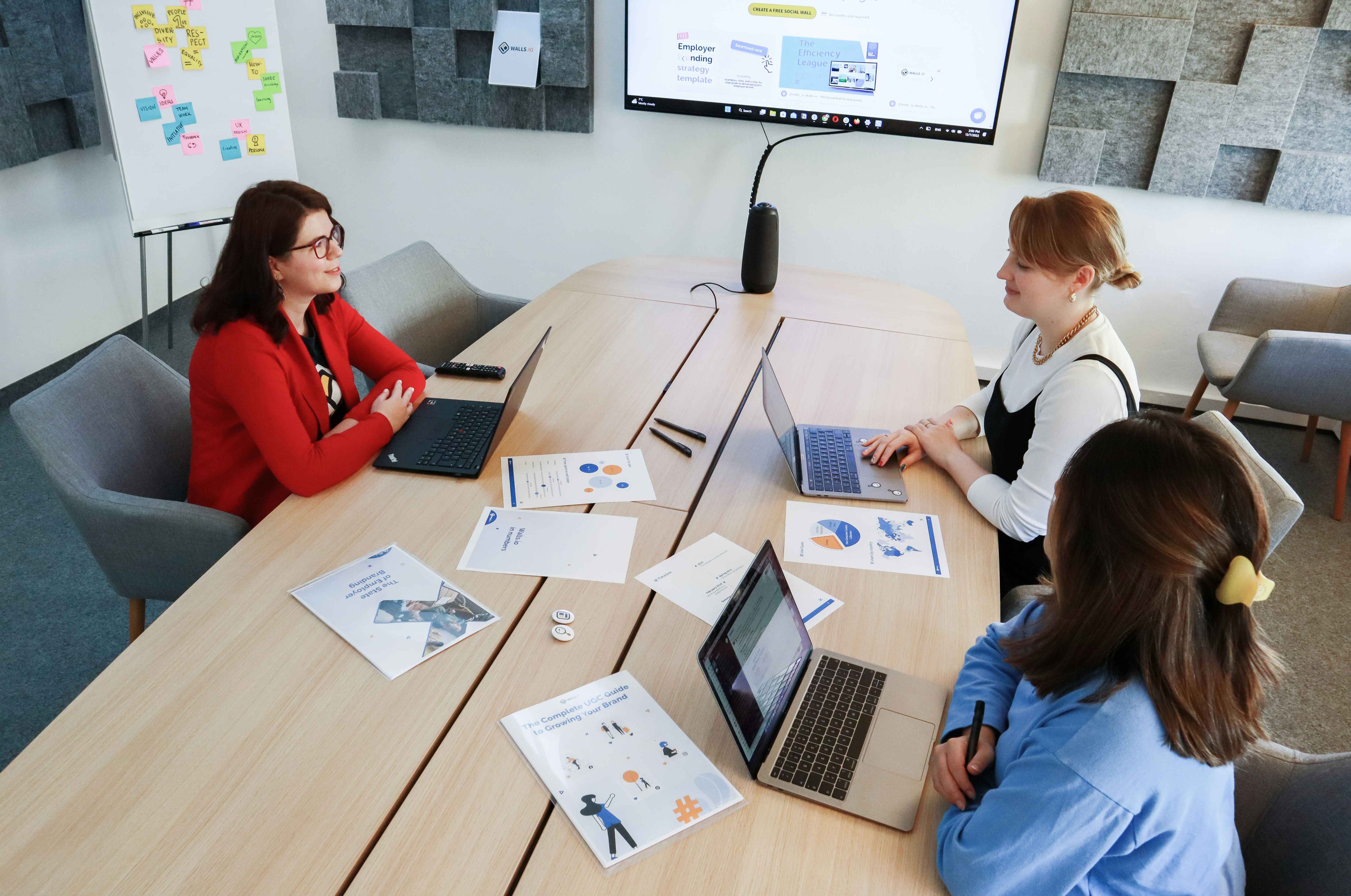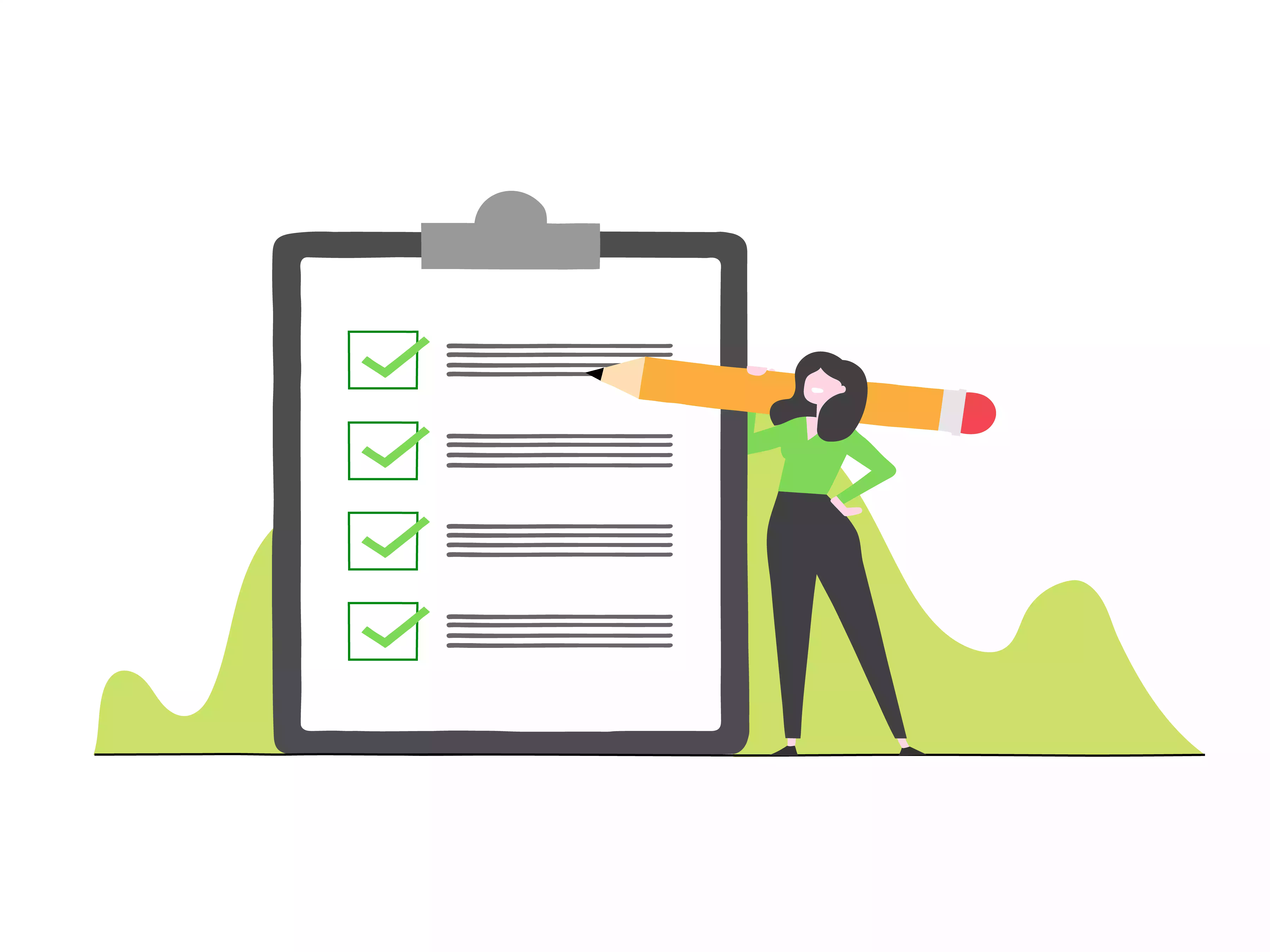Build a Collaborative Team: Success Tips for Office and Remote Work

“Alone we can do so little; together we can do so much.” Helen KELLER
What is team collaboration?
Team collaboration is the process by which members work together in a coordinated and synergistic manner to achieve a common goal, sharing their skills, ideas, and resources.
So what is the principle of collaborative work?
The principle of collaborative work is based on the interdependence of team members, who commit to communicating effectively, cooperating, and contributing collectively to the successful completion of assigned projects or tasks.
Key skills for effective collaboration
Effective collaboration is based on a set of essential skills that enable individuals and teams to work harmoniously towards a common goal. First of all, clear and open communication is fundamental as it facilitates the sharing of information, problem-solving, and concerted decision-making. Moreover, the ability to listen actively is crucial for understanding the perspectives of other team members and fostering a climate of trust and mutual respect. Collaboration also requires strong interpersonal skills, such as the ability to work in a team, negotiate, resolve conflicts, and give and receive feedback constructively. Additionally, flexibility and adaptability are important for adjusting to the changing needs of the team and organization. Finally, effective collaboration often requires specific technical skills related to the field of work, as well as an aptitude for using collaboration tools and technologies efficiently. By developing these key skills, individuals and teams can maximize their collaborative potential and achieve exceptional results.
Essential Point: Training activities to strengthen collaborative skills
Here are some training activities that can help you form a collaborative team.
- Group problem-solving sessions:Encourage communication, collective decision-making, and creativity.
- Simulations of real work situations:Allow teams to practice in various contexts and gain practical experience.
- Role-playing and team-building exercises:Focus on developing interpersonal relationships, trust, and mutual support.
- Feedback workshops:Provide the opportunity to practice active listening, constructive communication, and conflict management.
- Real collaborative projects:Involve team members in concrete tasks, thus promoting the application and reinforcement of collaborative skills in a professional environment.
By regularly participating in these training activities, individuals and teams can gradually develop strong collaborative skills that will help them achieve their goals effectively and harmoniously. The Luckiwi team would be delighted to support you through training on these topics.
Tools to facilitate team collaboration:
To promote effective collaboration within your team, using specialized digital tools is essential. Project management platforms such as LUCKiwi offer an overview of assigned tasks, allowing transparent organization and equitable distribution of responsibilities. Communication tools like Microsoft Teams facilitate real-time exchanges, encouraging instant communication and rapid problem-solving. For file storage, cloud solutions such as Google Drive or Dropbox ensure secure access to shared documents, promoting remote collaboration and file synchronization. Finally, document collaboration tools like Luckiwi Notes, Google Docs, or Microsoft Office Online allow multiple team members to work simultaneously on the same document in real-time, thus fostering collaborative creation and team work efficiency. By integrating these digital tools into your workflow, you can boost productivity and strengthen team cohesion.
Below are some tips and tricks that can help managers create a collaborative and cohesive team.
Working together in the office:
Collaborative work in a shared office space:
Nowadays, shared workspaces are becoming increasingly popular for collaboration. They have several positive effects that contribute to fostering collaboration, improving collective intelligence, and team cohesion.
For example, they promote face-to-face interaction between team members and facilitate collaboration among them.
Of course, these shared spaces can be noisy, but fortunately, solutions exist to help reduce noise. Generally, a shared space contributes to creating a better work environment.
If a company wants to design its shared office spaces, it may be wise to involve employees in the decoration or arrangement of these spaces. Managers can even take advantage of this to do team-building activities by encouraging employees to add their personal touch to the offices. After all, these people spend more than 8 hours a day in the office, so it is better to make this place a good environment for working, discussing, and relaxing.
Eating with colleagues impacts collaborative work:
Should employers encourage their employees to have lunch together?
In my opinion, one of the best methods to strengthen cohesion among team members is to spend more time together during lunch. This moment allows colleagues to get to know each other better beyond the professional context.
Employers can encourage teams to eat together or share a drink after lunch. However, they should not put any pressure on them, as some employees need this break to recharge, rest, and re-energize to better tackle the other half of the day.
Finally, managers should also occasionally eat with their teams to get to know them better and to create a good relationship with them.
Working together remotely:
Due to climate change, traffic congestion, or the COVID-19 pandemic, many companies have adopted remote work and have been forced to accelerate their transition to telecommuting. Now, telecommuting has become the normal mode of work for many people.
As always in life, anything new brings several opportunities but also many challenges. Among these challenges is the issue of team cohesion and collaboration.
So, how do companies create and maintain cohesion and collaboration among teams?
Collaborating together through digital collaborative tools:
Today, companies provide their teams with various tools to simplify communication, help organize their work, or facilitate the creation of reports. If teams share the same workspace, managers can encourage them to use tools that facilitate interaction and dialogue among them. For example, teams can use visual tools like KANBAN during their daily meetings. These tools will help them share information and track task progress. Companies can also use tools that focus on communication, team interaction, and co-construction.
However, if teams work remotely, companies can use digital tools that, thanks to technological advancements, are increasingly powerful and intuitive to simplify communication, information sharing, and collaboration among teams.
Digital project management tools:
Regardless of the geographical location of team members and their respective time zones, there are numerous digital tools like LUCKiwi that help them track the progress of all their projects in real-time.
Moreover, these project management tools can offer various methods that adapt to the needs of the teams and help them with their projects and/or programs.
Thus, managers can choose tools that best suit the needs of their teams to increase efficiency, transparency, collaboration, and cohesion among them.
Digital communication tools:
Organizations (companies, public sector, associations...) should encourage their teams to use video conferencing tools to discuss together and chat tools to send instant messages instead of emails. These online communication tools streamline interaction among team members.
Managers can also motivate their teams to make coffee breaks a habit, either face-to-face or via video conferencing, to strengthen relationships among teams.
Other tips to improve team cohesion and collaboration:
Regardless of the mode of work adopted by companies, it is important that teams share the same values with their company. Managers should maintain transparency in their communications with their teams and encourage them to do the same. Managers should also set clear goals to achieve with their team members.
It is also essential to congratulate the teams when they succeed and reward them collectively to avoid competition among them and to strengthen their cohesion and collaboration.
Additionally, it is necessary to do group activities to improve team cohesion. If an employer decides to create a 100% remote company, I think it is important to allocate a budget for activities that bring teams together in a common place at least once a year to allow them to get to know each other and meet in person, not just virtually.
Finally, I think it is also important for team leaders to be facilitators. In this case, they should monitor their teams' performance indicators, such as the team weather, to quickly identify any difficulties or conflicts among team members and help them overcome them.
Have you considered collaborative management?
Collaborative management is a management style where responsibilities and decisions are shared among team members or within an organization. Unlike traditional approaches where authority is centered on one individual or a small group of leaders, collaborative management promotes the active participation of all team members in decision-making and problem-solving processes. It is based on values such as trust, transparency, shared responsibility, and mutual respect. In a collaborative management environment, managers often act as facilitators rather than direct decision-makers, encouraging teamwork, open communication, and collaboration among team members to achieve common goals.
Article written by Sara MOUDRIK HORN






